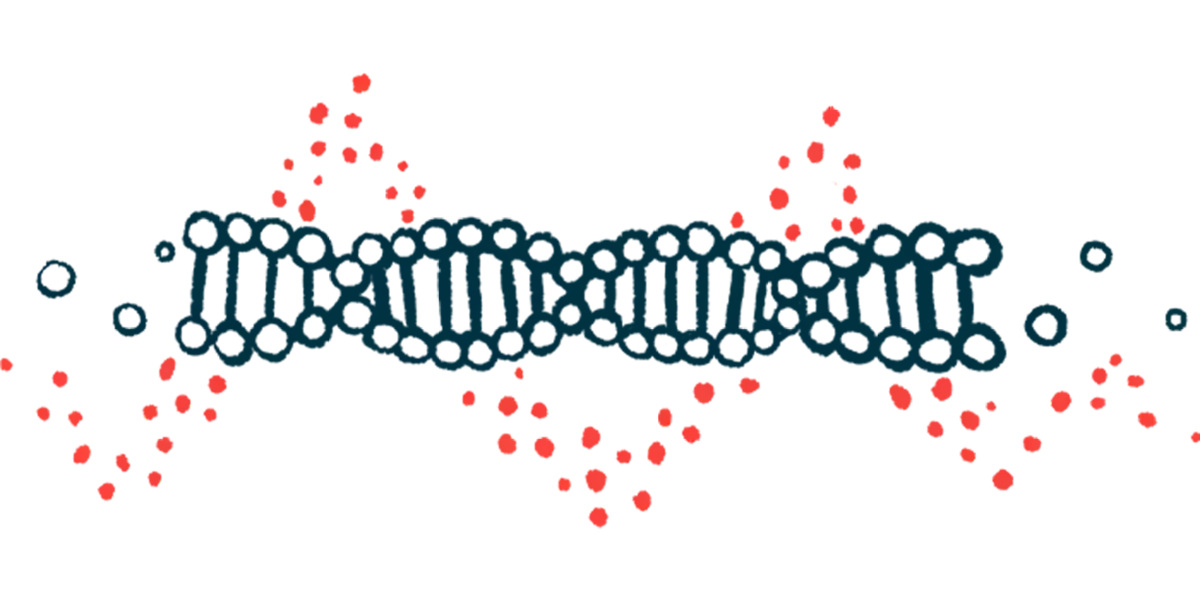Newly ID’d F8 mutation could lead to better hemophilia A treatments
Disccovery of man's gain-of-function variant was led by undergrad researcher

A team of U.S. scientists discovered a naturally occurring F8 gene mutation that leads to increased activity of the factor VIII (FVIII) coagulation factor and enhanced blood clotting, offering new insights into the treatment of hemophilia A.
The mutation was identified in a young man susceptible to excessive blood clotting. In contrast, people with hemophilia A are prone to excessive bleeding, because they don’t have enough FVIII to allow for normal blood clotting.
According to the researchers, this variant of FVIII could eventually be leveraged to create hemophilia A treatments that allow for better bleed control.
The discovery was detailed in a report titled “A Naturally Occurring Gain-of-Function Mutation in Factor VIII,” which was published in the New England Journal of Medicine.
The study’s lead author is an undergraduate biology major at Davidson College in North Carolina who was interning at the University of Colorado Anschutz Medical Campus. Researcher Joshua Wischmeyer, a member of the class of 2027, has been recognized by the American Society of Hematology for this work.
David Wessner, PhD, a Davidson biology professor and Wischmeyer’s advisor, called him “a strong student researcher.”
“He’s smart. But probably more important, he’s really good at thinking about data and critically evaluating it,” Wessner said in a Davidson College news story. “He asks the small but important questions. He can see the existing holes and think about ways to fill those holes.”
A rare genetic bleeding disorder, hemophilia A is caused by mutations in the F8 gene, which encodes FVIII. A lack of functional FVIII leaves patients susceptible to excessive, prolonged, and spontaneous bleeding episodes.
The standard-of-care treatment for hemophilia A is factor replacement therapy, which works to supply the body with a version of the FVIII protein via regular infusions into the bloodstream. Other treatments offer various ways to improve blood clotting and control bleeding.
F8 mutation found in man, 18, with recurrent blood clots
One potential approach to developing new treatments is to identify individuals who are naturally predisposed to higher-than-normal blood clotting. The mechanisms through which that occurs could then be leveraged to boost clotting in people with hemophilia.
This F8 mutation was found in an 18-year-old man who had experienced recurrent, life-threatening blood clotting events since birth.
A clotting assay in the clinic showed markedly elevated FVIII activity, ranging from 300% to 900% of normal, the researchers noted.
Other tests suggested faster than normal production of thrombin, a key blood clotting enzyme, and a resistance to activated protein C, known as APC, which normally regulates thrombin production and blood clotting.
Genetic testing then revealed a mutation in the F8 gene, called Arg590Ser.
Normally, APC binds to FVIII to regulate the blood clotting cascade and prevent its overactivation. Analyses suggested the mutation likely interferes with FVIII’s responsiveness to APC.
F9 gene mutation led to treatment now used in hemophilia B
Further, according to the researchers, these results suggested that this gene mutation may ultimately lead to prolonged or enhanced activation of another blood clotting protein called factor X, in turn driving enhanced thrombin generation.
“This new gain-of-function variant may be exploited in treating hemophilia A,” the researchers wrote, noting that a similar concept has already been put into practice for the treatment of hemophilia B.
People with hemophilia B lack factor IX (FIX) due to mutations in the F9 gene. A naturally occurring F9 variant that led to higher than usual FIX activity, called FIX Padua, was identified in an Italian family.
The approved hemophilia B gene therapy Hemgenix (etranacogene dezaparvovec-drlb), gives the body the template to make FIX Padua, which is expected to lead to enhanced blood clotting over normal FIX.
This new gain-of-function variant may be exploited in treating hemophilia A.
The study was spearheaded by Wischmeyer and University of Colorado colleagues. The student researcher, who has his sights on medical school, plans to continue his work in this field as he completes his undergraduate degree, according to the Davidson news story.
For his part, Wessner noted that it “really is incredible” for someone so early in their scientific career to publish in one of the top biomedical journals globally.








